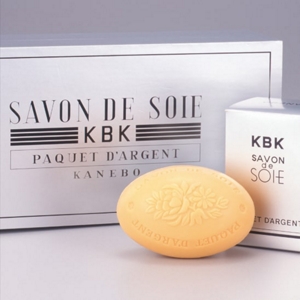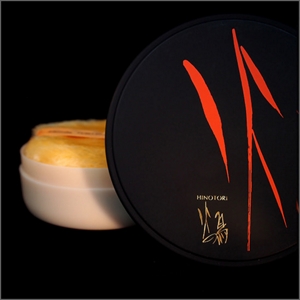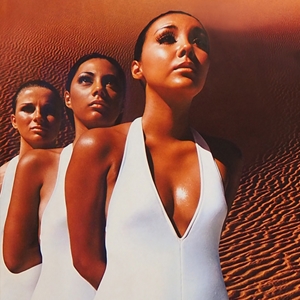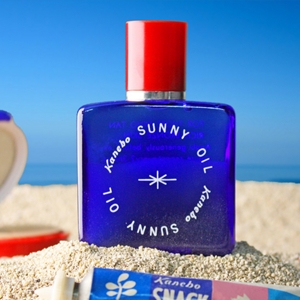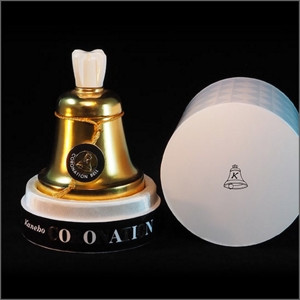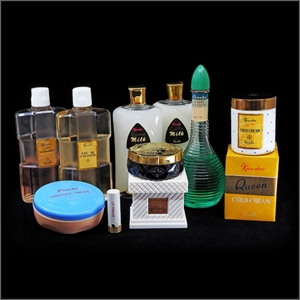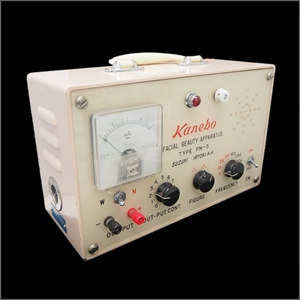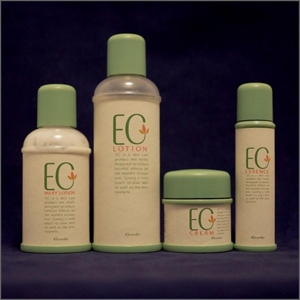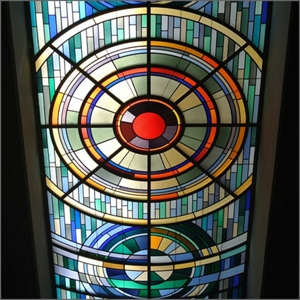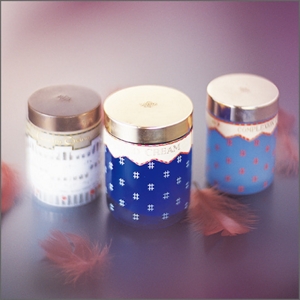The development of cosmetic culture in Japan —
Tanning boom and seasonal campaigns
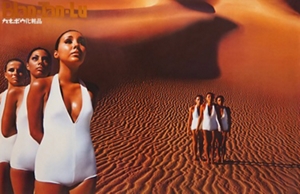


Blan-Tan-Lu (Summer 1970)
Photographed by Kishin Shinoyama
Share this page
In the mid-20th century, Kanebo helped form a new cosmetics culture in Japan—with seasonal advertising campaigns focused on championing individuality, and the unique beauty of Japanese women in particular. In the 1960s, Japanese women began to play a major role in exploring forms of beauty, whereas previous adverts aspired to Western sensibilities.
The high economic growth of the period encouraged Japanese women to enjoy vacations, at the beach or in the mountains. This gave rise to a “tanning boom” in the world of beauty. A leading cosmetics company kicked off the tanning craze with a promotional campaign for summer foundations in 1966. It quickly became fashionable for Japanese women to seek out a healthy, tanned complexion.
Kanebo noticed this trend and incorporated it into their campaigns, with a twist...
Kanebo began to explore concepts such as individual beauty, variance, metamorphosis, and fair & tanned through campaigns called Variant Makeup (1966), metamoru-make (1970) and Blan-Tan-Lu (1970). These ideas were grounded in the newfound aesthetic trends of the time and continue to form the basis of FEEL YOUR BEAUTY, Kanebo’s proposal today.
The subsequent campaigns featuring the images of archaeological remains in Mexico (Live in summer/1971) and Australian deserts (Live Roman/1971) evoked poetic worlds to inspire consumers’ aspiration and attraction.
Kanebo’s seasonal campaigns developed throughout the 1960s and 1970s undoubtedly led to a new cosmetic culture in Japan—one defined less by an aspiration to Western ideals, and more by an exploration of the unique beauty and individuality of Japanese women.
The songs and catch-phrases used in cosmetic TV adverts have contributed to each cultural milieu in the sense that they are linked to the memories of those who experienced them.
Read more stories
-

A beautiful beginning: the gift of silk
Nov 30, 2018
-

Harmony in fragrance: when art meets aroma
Dec 28, 2018
-

Kabuki foundation,
created with function and passionFeb 28, 2019
-

The development of cosmetic culture in Japan
Sep 13, 2019
-

Beauty advice at beach house
Sep 13, 2019
-

Coronation Bell, a scent to symbolize a new era
Oct 31, 2019
-

Supporting women and the birth of purpose-driven branding
Dec 25, 2019
-

How cosmetics helped Japan’s 1st Antarctic research expedition
Jan 31, 2020
-

Kanebo’s Facial Beauty Apparatus, the first esthetic device in Japan
Apr 30, 2020
-

Kanebo EC—a brand that embraced sustainability & LOHAS
Aug 25, 2020
-

Art, community, and care at Kanebo Cosmetics Education Center
Nov 30, 2020
-

Excellence, encountered: a Kanebo story of cosmetics, silk, and friendship
Jan 15, 2021







